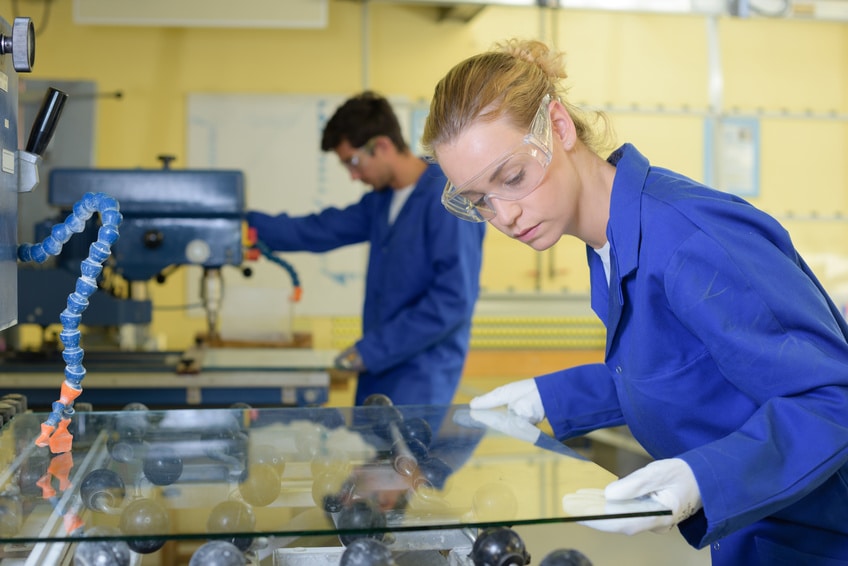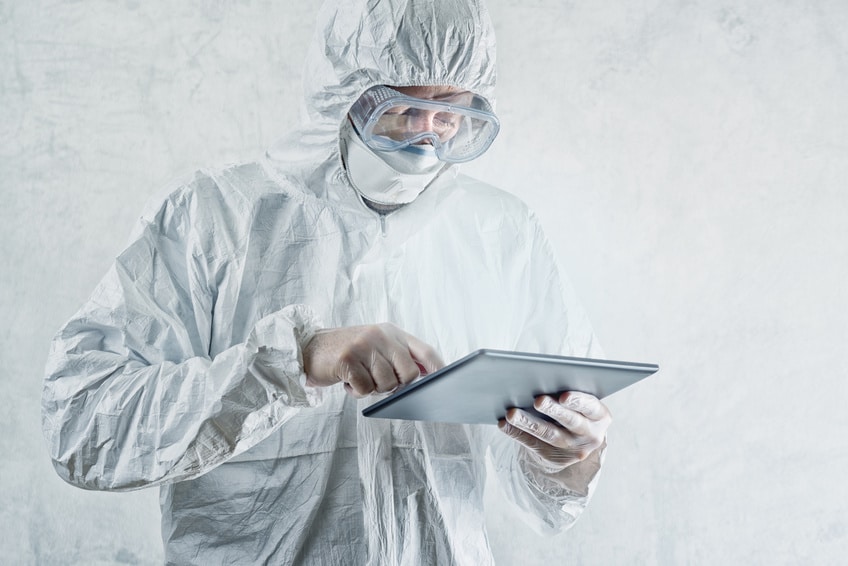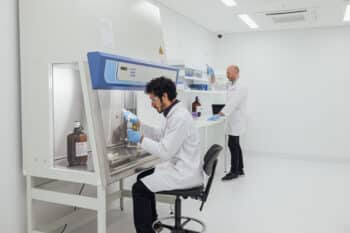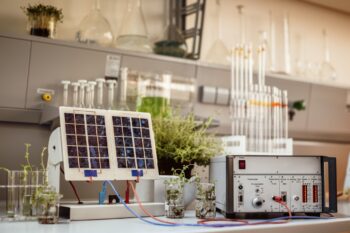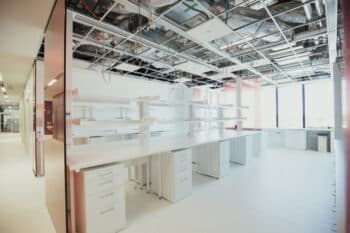Autoclaving plastics and glass has long been a vital part of bacteria elimination. In this guide, we discuss what autoclaving entails, its benefits and its repercussions
Navigation:
What’s an autoclave?
An autoclave is a machine used to sterilise equipment and supplies. Invented in 1884 by microbiologist Charles Chamberland, the autoclave is a pressure chamber that can carry out intense sterilisation and is particularly effective for use in medical or laboratory settings. Autoclaves usually work by utilising intensely pressurised steam to eliminate all bacteria, viruses, fungi, spores and other microorganisms.
Autoclaving in a lab environment
The process of autoclaving within the lab is invaluable. The machine works much like a pressure cooker (in fact, at one point, this is essentially exactly what it was) and can be used to sterilise glass, plastics, medical instruments and other items of equipment that are used regularly within the laboratory. For many items, especially those that come into contact with live organisms; hot water and the right cleaning products simply won’t be enough to ensure an effective clean. In these instances, an autoclave is used to achieve microbial limit testing.
Using heat, steam or pressure, autoclaves achieve some of the highest levels of sterilisation. This is vital to ensure the efficacy and purity of future lab tests. It is the preferred method of sterilisation within the lab but before using, check that it’s suitable.
Material suitability for autoclaving
Generally speaking, glass and plastics are both suitable for the autoclaving process but there are exceptions. When using weaker plastics, the sterilisation process can reduce the strength of the material. Consider the following:
- Polycarbonate containers (which are suitable for large-volume media and culture preparation where visibility is key) are less resilient than other plastics and can only withstand 30-50 autoclave cycles.
- Resins such as HDPE, LDPE, PET, and PETG cannot be autoclaved and should instead be sterilised using gas.
- Polypropylene and polypropylene copolymer containers are safe to be autoclaved repeatedly.
- Fluoropolymer products work well and are considered safe for the autoclaving process.
Glass is generally considered safe for autoclaving, but precautions should be taken to ensure safety.
- Secure glass bottle caps before beginning the autoclaving process. Loose caps could cause glass bottles to explode under the pressure.
- If possible, aim to use borosilicate glassware. It has silica and boron trioxide as the main glass-forming constituents and is thought to be able to withstand the high pressure of autoclaving better than other types of glass.
- Only rubber and Teflon can be safely autoclaved so do consider which closure liners you use.
Safety measures when autoclaving
As autoclaves are such a common sight within the lab, it can be easy to forget the hazards that they pose. Incorrect usage can lead to physical hazards (such as injury caused by heat, steam and pressure) and biological hazards, (such as the persistence of infectious materials when items are improperly sterilised) so it’s important that correct precautionary measures are undertaken.
Training – The supervisor or lab manager must ensure that a robust autoclave safety system is in use. All staff must be appropriately trained before using the equipment and detailed records should be kept to ensure training is adequately documented and kept up-to-date.
Maintenance – Monitoring and maintenance are vital to ensure the smooth running of the autoclave. Follow the manufacturer’s guidelines for preventative maintenance and regularly run tests to check its efficacy.
PPE – Ensure staff always use the correct PPE (Personal Protective Equipment) when using the autoclave. This includes heat-resistant gloves, goggles, lab coats and closed-toe shoes.
Record keeping – Users of the autoclave must ensure that records of maintenance and repairs are kept up-to-date. Records should indicate the type of repair and date any services were carried out.
Usage guide
As with all equipment, it’s important to refer to the dedicated guidelines provided by the manufacturer but for a general outline of the autoclaving procedure, see below.
Preparation – Before you begin, you must prepare your research equipment for sterilisation. Consider the following:
- Pyrex bottles should have the cap placed on loosely – this will prevent explosions caused by heat and pressure expansion.
- Consider covering glass bottles with aluminium foil if they are not made from safety glass.
- Before autoclaving, check that plastic products are suitable
- Use polypropylene or stainless-steel tubs for items that require secondary containment.
- Leave space between tubs to allow steam to circulate.
Security – Ensure that the door to the autoclave is firmly sealed before beginning the process. Autoclaves are self-sealing due to the high amounts of pressure employed but this doesn’t negate the need for the manual safety seal on the outside.
Cycle – It is important that you choose the correct cycle for the equipment being sterilised. If you are at all unsure always ask the lab manager or refer to the manufacturer’s instructions. Here are a few general rules:
- When autoclaving liquids, you should usually use the liquid or slow exhaust cycle
- If autoclaving unwrapped goods, use the basic gravity filter which does not use mechanical assistance
- Wrapped goods and porous materials may require the vacuum cycle
Once you have chosen which cycle is best for the items being sterilised, be sure to set the correct time for sterilisation and drying. This will usually be around 30 minutes for sterilisation and 20 minutes for drying but refer to guidelines or your lab manager if you are unsure.
Safety – Always follow the safety precautions to protect yourself and the equipment being used. Consider the following:
- Be sure to wear the correct PPE including a lab coat, eye protection, closed-toe shoes, and heat-resistant gloves
- Remember that after usage, glassware will be hot and can cause serious injury if the correct precautionary measures aren’t taken
- Always wait for the pressure gauge to drop to zero with zero time remaining before you open the door
- Stand behind the door as you open it and allow all the steam to fully escape before reaching into the autoclave
- Let glassware and plastics fully cool before touching them
At InterFocus we design and manufacture progressive labs with an extensive range of safety and storage solutions. For more information about our bespoke fitted labs, visit our homepage or call our team on 01223 894833.

